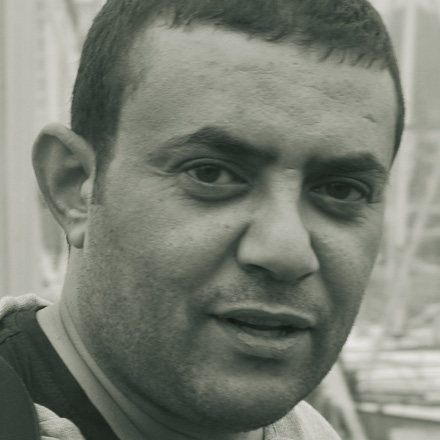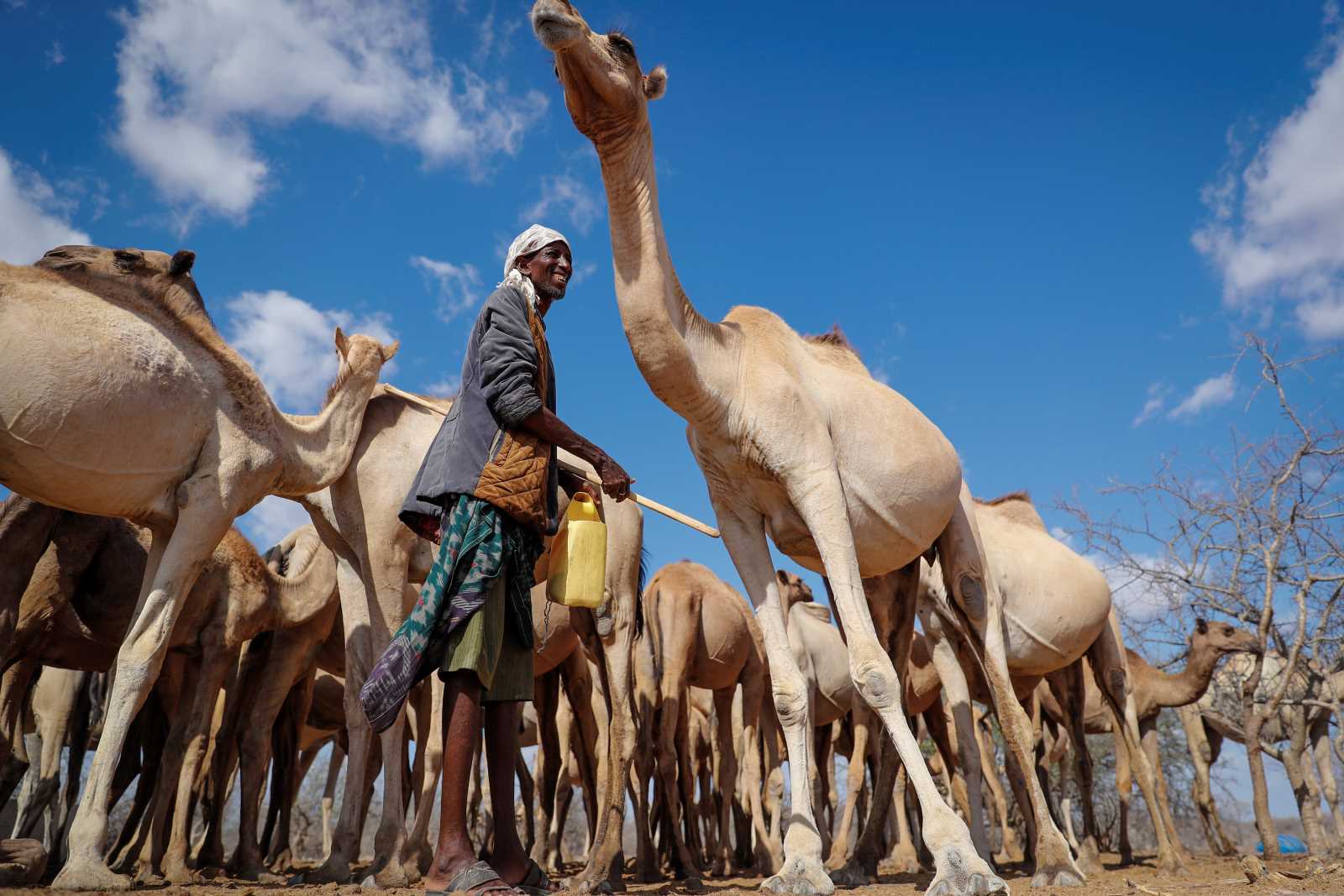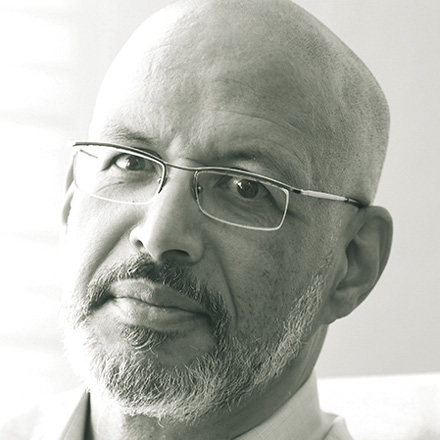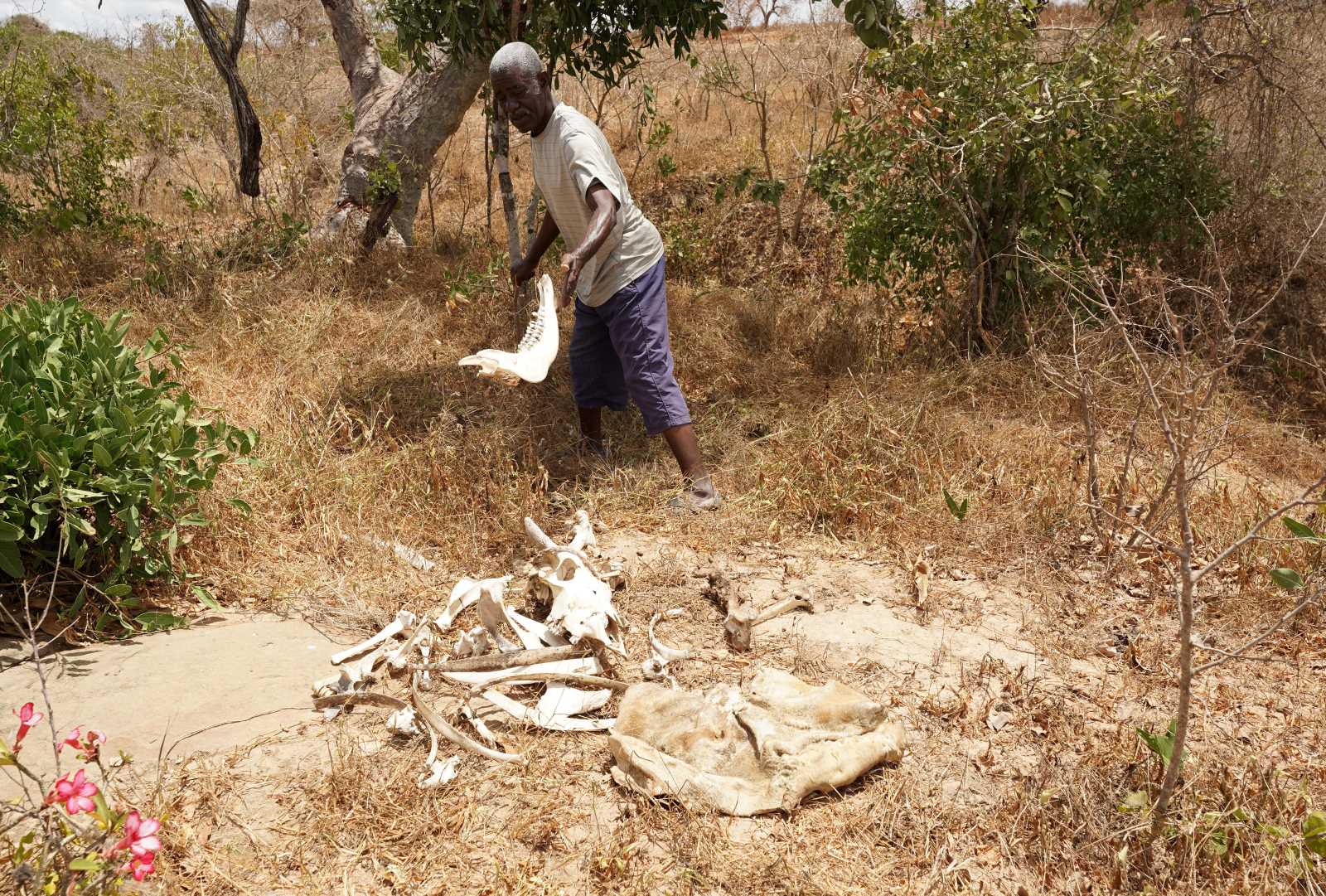Sahel region
Innocent suffering in the Sahel region
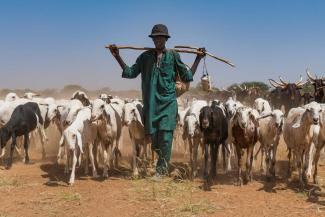
Niger is exposed to extreme burdens of global warming. Temperatures are rising 1.5 times faster here than on average at the global level. Niger contributes less than 0.1 % to the world’s carbon emissions, but that does not shield it from weather-related disasters such as drought and increasingly erratic rainfall. The Sahara desert is slowly expanding south. Currently, about 4.4 million people in Niger – about one fifth of the population – are suffering food insecurity. That is twice more than last year.
The Russian invasion of Ukraine has made matters worse because food and fuel prices are rising fast. It also matters that Niger’s population growth rate is one of the world’s highest. The agricultural sector in Niger must become more efficient to keep pace with increased demand for food. However, due to rising instability, Niger finds itself producing less food, not more.
Subsistence agriculture
The underlying problem, however, is that global heating is making the largely informal subsistence agriculture most people in Niger depend on gradually unviable. That applies to pastoralism as well as to traditional farming. Not quite 90 % of the people live in rural areas and rely on rain-fed pastures and crops.
Resource conflicts are escalating. Access to potable water and arable land is becoming increasingly scarce. At the same time, demand is growing. Conflicts over natural resources are exacerbated by climate change and fast demographic growth. Local tensions can trigger intercommunal conflicts. This feeds into armed conflicts and population displacement, as well as less access to arable land, disruption of farming cycles and potentially reduced productivity of future cycles. The effects of one bad season easily outlast the season itself, prompting prolonged food insecurity, which can be amplified by further climate shocks. The situation is similar in other places – including, for example, the Horn of Africa (see Christoph Schneider Yattara on www.dandc.eu).
In the past 50 years, the surface of Lake Chad, which connects Niger, Nigeria, Chad and Cameroon, has shrunk by 90 %. The surrounding areas are haunted by violence. Observers now speak of the Lake Chad Basin conflict. Niger alone has 313,000 internally displaced persons (IDPs), and another 234,000 refugees have come to the country. Feeding all of these people puts extra pressure on Niger’s polity, economy and infrastructure.
Scientists expect that, by 2030, Niger’s temperatures will increase by another 1°C, and by 2050, they may even rise by 3°C. Access to natural resources will thus become yet more difficult, further propelling conflict dynamics.
This summer, food insecurity is expected to affect almost 41 million West Africans, and 4.4 million of them – more than ten percent – are in Niger. By April, the Government of Niger and the international community had mobilised resources to assist 3.3 million people. However, over 1 million more people need humanitarian relief. Unless additional resources are made available, massive displacement looks likely. International humanitarian agencies such as the IRC are scaling up assistance. However, high-income countries must step in too.
Building resilience
Public safety nets in Niger hardly exist (see Stefan Beierl on www.dandc.eu). The Government of Niger and the international community have so far mobilised resources to assist only 3.3 million people, leaving over 1 million without support. Without the allocation of significant additional resources to the response, this food insecurity could easily lead to massive displacement in the very near future. Poor village communities must depend on their own resources. Long-term investments in health and women’s empowerment are needed. A recent study prepared by the International Rescue Committee (IRC) showed that related measures could drastically reduce malnutrition and undernourishment. Even simple things like telling expectant mothers how to breastfeed make a difference, as the IRC is for instance doing so in the Tillabéri region with support of the Deutsche Postcode Lotterie.
Much more needs to happen, however. It is important to diversify the economy and build climate-resilient infrastructure, preparing communities to confront the impacts of climate change. This includes investing in productive infrastructure to reduce dependence on rain-fed agriculture and promoting sustainable crop, livestock and land management. On its own, Niger has neither the capacities nor the funding to escape the vicious cycle of worsening resource conflicts and food insecurity. Nations with huge carbon footprints must fulfil the responsibilities they have to those with tiny ones in the Sahel region. The European Green Deal points in the right directions – and implementation must now follow fast.
Paolo Cernuschi is Country Director for the International Rescue Committee (IRC) in Niger.
IRCDeutschland@rescue.org

